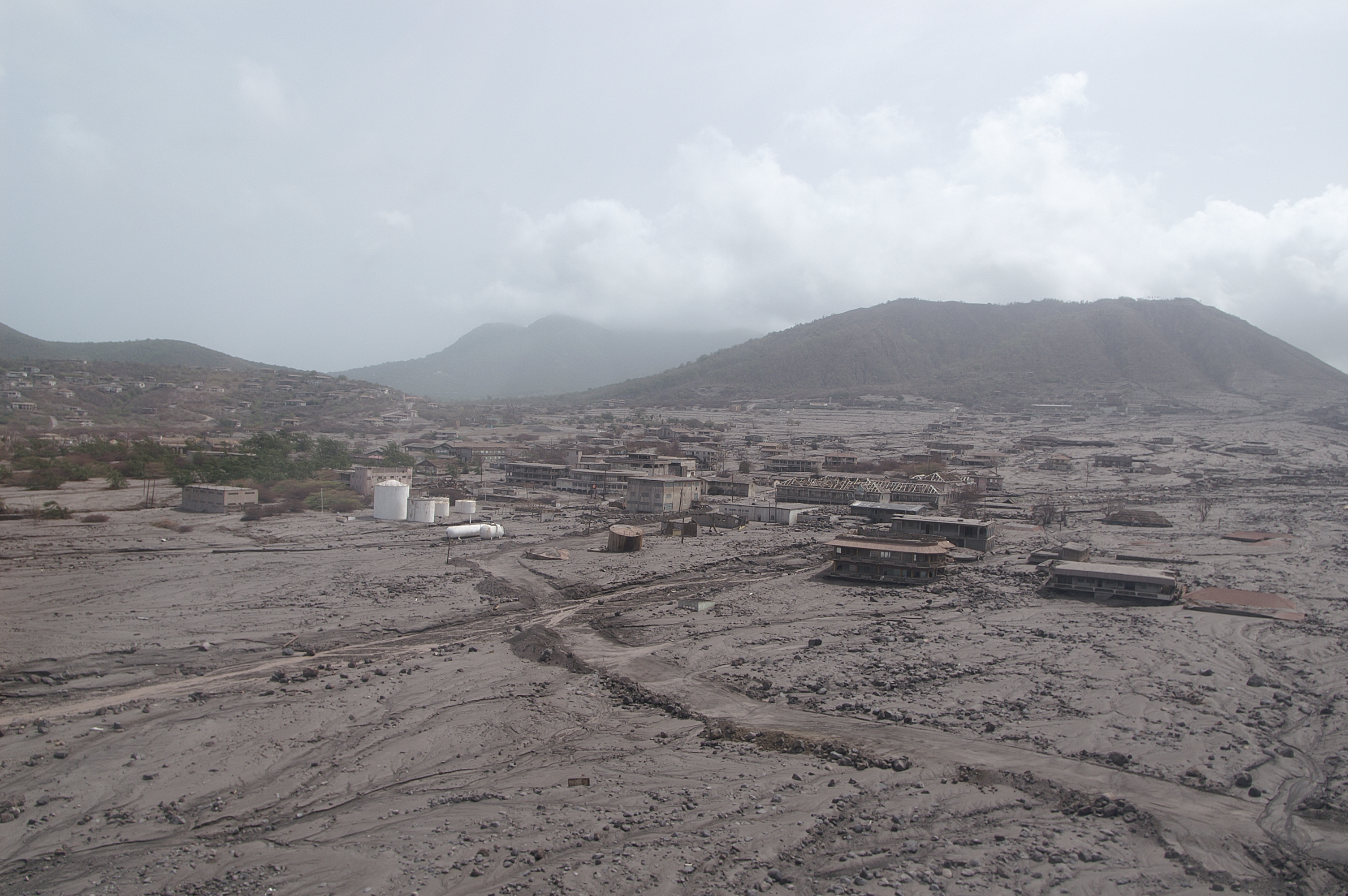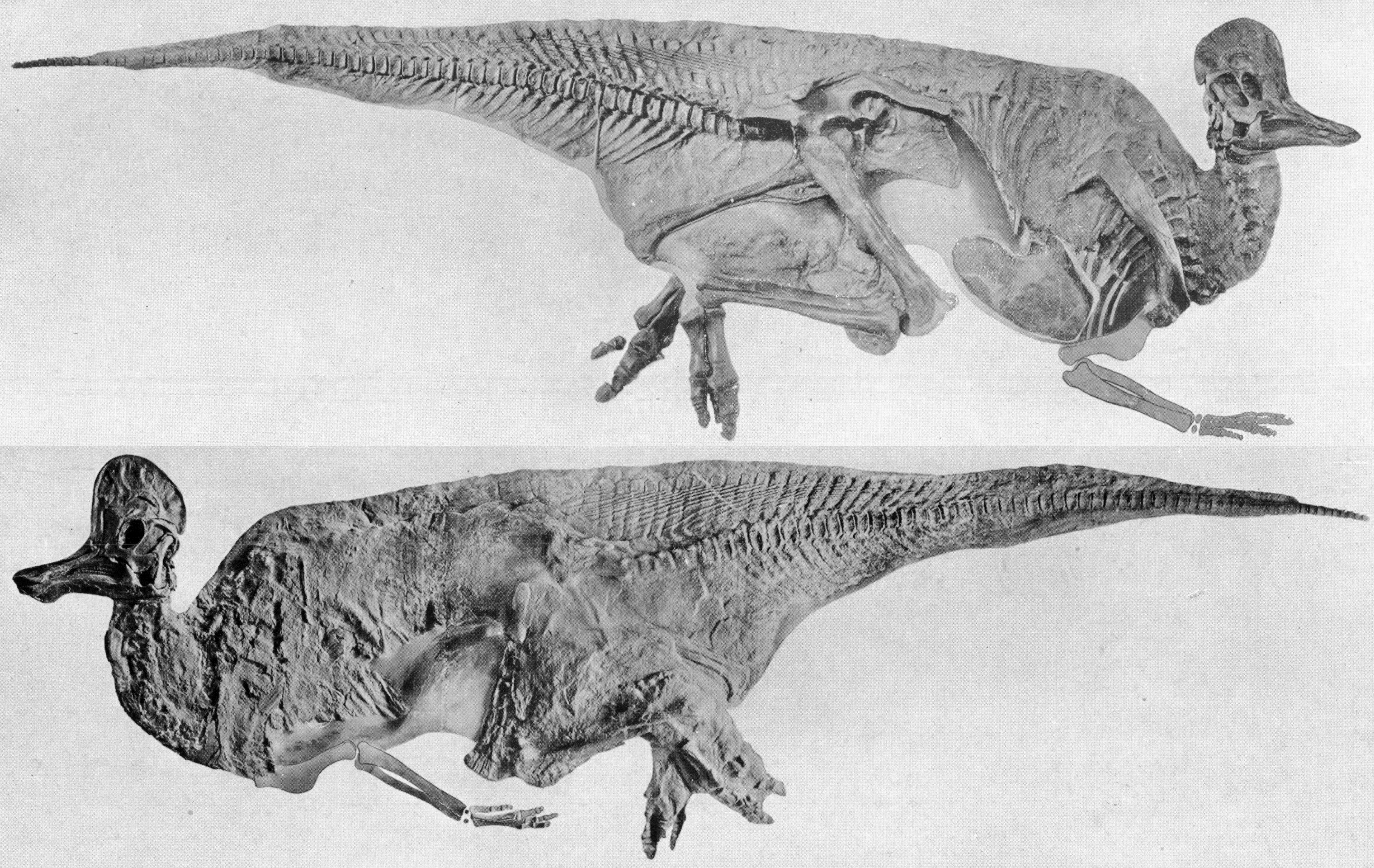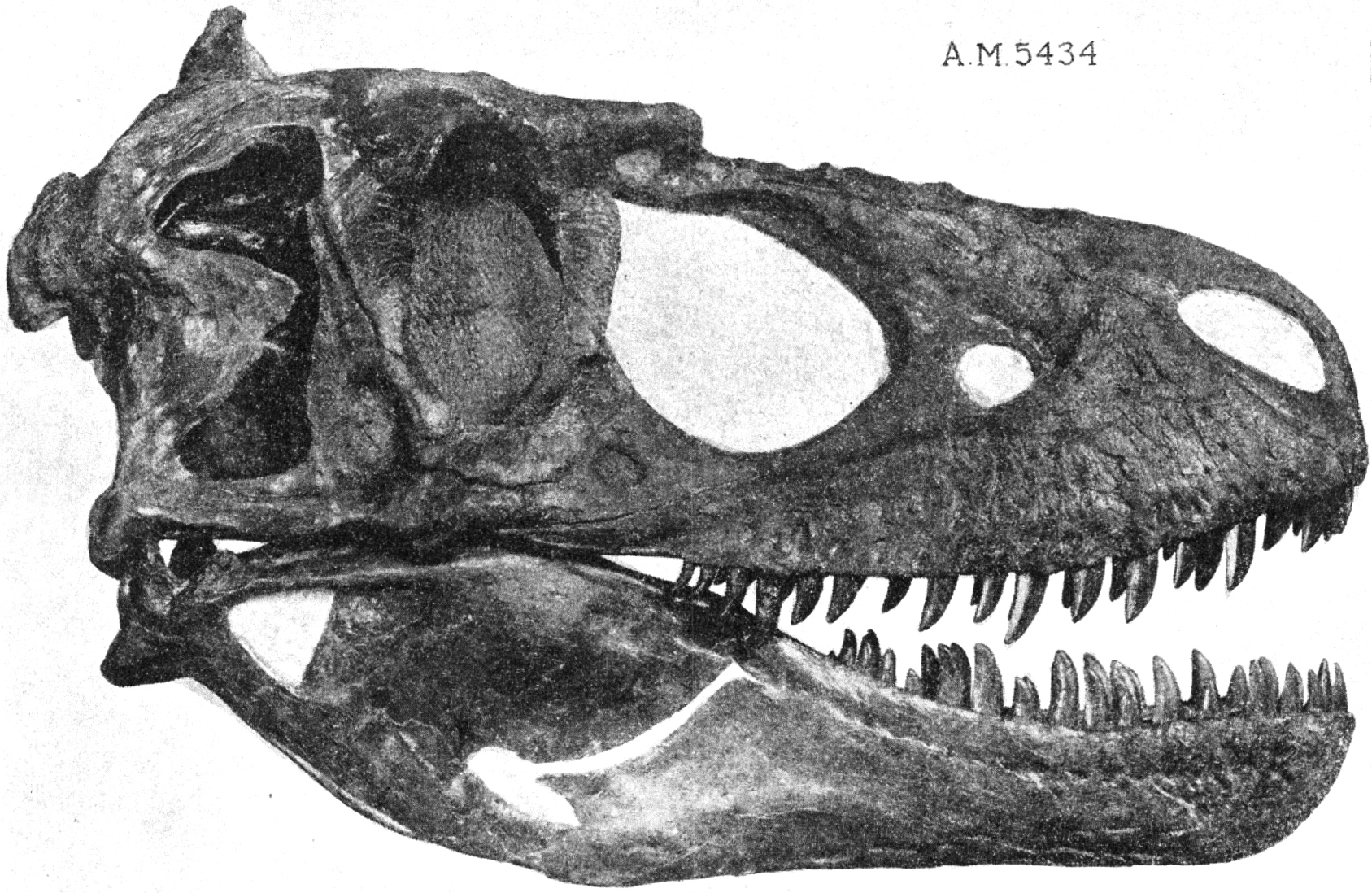|
Steveville, Alberta
Steveville is a ghost town in southeastern Alberta, Canada near Brooks. In 1910, the community had a general store. Named after Steve Hall, a local homesteader, the community never attracted a large population. The Hall family operated a number of businesses in Steveville, including a ferry across the Red Deer River, a boarding house, and the general store and post office. Steveville lies near the northwest boundary of Dinosaur Provincial Park at the edge of the badlands within the Red Deer River valley, and it is most notable as the discovery location for many specimens of dinosaurs. These come from the Dinosaur Park Formation of Late Cretaceous (Campanian) age and include remains of ''Styracosaurus'', ''Daspletosaurus'', ''Corythosaurus'', ''Struthiomimus'', and others. Amateur palaeontologist Irene Vanderloh (1917–2009) was born in Steveville. In 1974, she discovered the holotype of the theropod dinosaur ''Saurornitholestes ''Saurornitholestes'' ("lizard-bird thief") is a ... [...More Info...] [...Related Items...] OR: [Wikipedia] [Google] [Baidu] |
Ghost Town
A ghost town, deserted city, extinct town, or abandoned city is an abandoned settlement, usually one that contains substantial visible remaining buildings and infrastructure such as roads. A town often becomes a ghost town because the economic activity that supported it (usually industrial or agricultural) has failed or ended for any reason (e.g. a host ore deposit exhausted by mining). The town may have also declined because of natural or human-caused disasters such as floods, prolonged Drought, droughts, extreme heat or extreme cold, government actions, uncontrolled lawlessness, war, pollution, or nuclear and radiation accidents and incidents, nuclear and radiation-related accidents and incidents. The term can sometimes refer to cities, towns, and neighborhoods that, though still populated, are significantly less so than in past years; for example, those affected by high levels of unemployment and dereliction. Some ghost towns, especially those that preserve period-specific ... [...More Info...] [...Related Items...] OR: [Wikipedia] [Google] [Baidu] |
Dinosaur Park Formation
The Dinosaur Park Formation is the uppermost member of the Belly River Group (also known as the Judith River Group), a major geologic unit in southern Alberta. It was deposited during the Campanian stage of the Late Cretaceous, between about 76.5 and 74.4 million years ago. It was deposited in alluvial plain, alluvial and coastal plain environments, and it is bounded by the nonmarine Oldman Formation below it and the marine (ocean), marine Bearpaw Formation above it.Eberth, D.A. 2005. The geology. In: Currie, P.J., and Koppelhus, E.B. (eds), ''iarchive:dinosaurprovinci0000unse, Dinosaur Provincial Park: A Spectacular Ancient Ecosystem Revealed''. Indiana University Press: Bloomington and Indianapolis, p.54-82. . The Dinosaur Park Formation contains dense concentrations of dinosaur skeletons, both articulated and disarticulated, which are often found with preserved remains of soft tissues. Remains of other animals such as fish, turtles, and crocodilians, as well as plant re ... [...More Info...] [...Related Items...] OR: [Wikipedia] [Google] [Baidu] |
Ghost Towns In Alberta
The province of Alberta has several ghost towns that have been completely or partially abandoned. Many of Alberta's ghost towns exist as a result of a number of failed coal mining operations in the area during the early 20th century. Ghost towns are communities that once had a considerable population, that have since dwindled in numbers causing some or all its business to close, either due to the rerouting of a highway, train tracks being pulled, or exhaustion of some natural resource. __TOC__ List of ghost towns See also *List of census divisions of Alberta *List of communities in Alberta *List of ghost towns in Canada *List of hamlets in Alberta *List of Indian reserves in Alberta *List of localities in Alberta *List of municipal districts in Alberta *List of municipalities in Alberta *List of towns in Alberta *List of villages in Alberta References * * External links Alberta ghost townsCanadian geographical names database {{Subdivisions of Albe ... [...More Info...] [...Related Items...] OR: [Wikipedia] [Google] [Baidu] |
Saurornitholestes
''Saurornitholestes'' ("lizard-bird thief") is a genus of carnivorous dromaeosaurid theropod dinosaur from the late Cretaceous of Canada (Alberta and Saskatchewan) and the United States (Montana, New Mexico, Alabama, and South Carolina). Two species have been named: ''Saurornitholestes langstoni'' in 1978 and ''Saurornitholestes sullivani'' in 2015. ''Saurornitholestes'' was a small bipedal meat-eating dinosaur, equipped with a sickle-claw on the foot. Discovery and naming In 1974, Canadian amateur paleontologist Irene Vanderloh discovered the skeleton of a small theropod near Steveville in Alberta. She showed it to John Storer of the Provincial Museum of Alberta, who brought it to the attention of Hans-Dieter Sues. In 1978, Sues named and described the specimen as the type species ''Saurornitholestes langstoni''. The generic name is in reference to the Saurornithoididae, due to the resemblance with this group that is today seen as part of the Troodontidae, and combines thei ... [...More Info...] [...Related Items...] OR: [Wikipedia] [Google] [Baidu] |
Theropoda
Theropoda (; from ancient Greek [wiktionary:θηρίον, , (''therion'') "wild beast"; wiktionary:πούς, , wiktionary:ποδός, (''pous, podos'') "foot"]) is one of the three major groups (Clade, clades) of Dinosaur, dinosaurs, alongside Ornithischia and Sauropodomorpha. Theropods, both extant and extinct, are characterized by hollow bones and three toes and claws on each limb. They are generally classed as a group of saurischian dinosaurs, placing them closer to sauropodomorphs than to ornithischians. They were ancestrally carnivorous, although a number of theropod groups evolved to become herbivores and omnivores. Members of the subgroup Coelurosauria and possibly some other or all theropods were covered in Feather, feathers. In the Jurassic, birds evolved from small specialized coelurosaurian theropods, and are currently represented by about 11,000 living species, making theropods the only group of dinosaurs alive today. Theropods first appeared during the Ca ... [...More Info...] [...Related Items...] OR: [Wikipedia] [Google] [Baidu] |
Struthiomimus
''Struthiomimus'', meaning "ostrich-mimic" (from the Greek στρούθειος/''stroutheios'', or "of the ostrich", and μῖμος/''mimos'', meaning "mimic" or "imitator"), is a genus of ornithomimid dinosaurs from the late Cretaceous of North America. Ornithomimids were long-legged, bipedal, ostrich-like dinosaurs with toothless beaks. The type species, ''Struthiomimus altus'', is one of the more common, smaller dinosaurs found in Dinosaur Provincial Park; their overall abundance—in addition to their toothless beak—suggests that these animals were mainly herbivorous or (more likely) omnivorous, rather than purely carnivorous. Similar to the modern extant ostriches, emus, and rheas (among other birds), ornithomimid dinosaurs likely lived as opportunistic omnivores, supplementing a largely plant-based diet with a variety of small mammals, reptiles, amphibians, insects, invertebrates, and anything else they could fit into their mouth, as they foraged. History of discovery ... [...More Info...] [...Related Items...] OR: [Wikipedia] [Google] [Baidu] |
Corythosaurus
''Corythosaurus'' (; ) is a genus of hadrosaurid "duck-billed" dinosaur from the Late Cretaceous Period (geology), period, about 77–75.7 million years ago, in what is now Laramidia, western North America. Its name is derived from the Ancient Greek, Greek word κόρυς, meaning "helmet", named and described in 1914 by Barnum Brown. ''Corythosaurus'' is now thought to be a Lambeosaurinae, lambeosaurine, thus related to ''Lambeosaurus'', ''Nipponosaurus'', ''Velafrons'', ''Hypacrosaurus'', and ''Olorotitan''. ''Corythosaurus'' has an estimated length of and has a skull, including the crest, that is tall. ''Corythosaurus'' is known from many complete specimens, including the nearly complete holotype found by Brown in 1911. The holotype skeleton is only missing the last section of the tail and part of the front legs, but was preserved with impressions of polygonal scales. ''Corythosaurus'' is known from many skulls with tall crests that resemble those of the cassowary and ... [...More Info...] [...Related Items...] OR: [Wikipedia] [Google] [Baidu] |
Daspletosaurus
''Daspletosaurus'' ( ; meaning "frightful lizard") is a genus of tyrannosaurid dinosaur that lived in Laramidia between about 77 and 74.4 million years ago, during the Late Cretaceous Period. The genus ''Daspletosaurus'' contains three named species. Fossils of the earlier type species, ''D. torosus'', have been found in Alberta, while fossils of a later species, ''D. horneri'', have been found only in Montana. ''D. wilsoni'' has been suggested as an intermediate species between ''D. torosus'' and ''D. horneri'' that evolved through anagenesis, though further research may be required to definitively support the theory. There are also multiple specimens which may represent new species of ''Daspletosaurus'' from Alberta and Montana, but these have not been formally described. The taxon '' Thanatotheristes'' has been suggested to represent a species of ''Daspletosaurus'', ''D. degrootorum'', but this has not been widely supported. ''Daspletosaurus'' is closely related to the much ... [...More Info...] [...Related Items...] OR: [Wikipedia] [Google] [Baidu] |
Styracosaurus
''Styracosaurus'' ( ; meaning "spiked lizard" from the Ancient Greek / "spike at the butt-end of a spear-shaft" and / "lizard") is an extinct genus of herbivorous ceratopsian dinosaur from the Late Cretaceous (Campanian stage) of North America. It had four to six long parietal spikes extending from its neck frill, a smaller jugal horn on each of its cheeks, and a single horn protruding from its nose, which may have been up to long and wide. The function or functions of the horns and frills have been debated for many years. ''Styracosaurus'' was a relatively large dinosaur, reaching lengths of and weighing about . It stood about tall. ''Styracosaurus'' possessed four short legs and a bulky body. Its tail was rather short. The skull had a beak and shearing cheek teeth arranged in continuous dental batteries, suggesting that the animal sliced up plants. Like other ceratopsians, this dinosaur may have been a herd animal, travelling in large groups, as suggested by bone beds. N ... [...More Info...] [...Related Items...] OR: [Wikipedia] [Google] [Baidu] |
Campanian
The Campanian is the fifth of six ages of the Late Cretaceous epoch on the geologic timescale of the International Commission on Stratigraphy (ICS). In chronostratigraphy, it is the fifth of six stages in the Upper Cretaceous Series. Campanian spans the time from 83.6 (± 0.2) to 72.1 (± 0.2) million years ago. It is preceded by the Santonian and it is followed by the Maastrichtian. The Campanian was an age when a worldwide sea level rise covered many coastal areas. The morphology of some of these areas has been preserved: it is an unconformity beneath a cover of marine sedimentary rocks. Etymology The Campanian was introduced in scientific literature by Henri Coquand in 1857. It is named after the French village of Champagne in the department of Charente-Maritime. The original type locality was a series of outcrops near the village of Aubeterre-sur-Dronne in the same region. Definition The base of the Campanian Stage is defined as a place in the stratigraphic ... [...More Info...] [...Related Items...] OR: [Wikipedia] [Google] [Baidu] |
Late Cretaceous
The Late Cretaceous (100.5–66 Ma) is the more recent of two epochs into which the Cretaceous Period is divided in the geologic time scale. Rock strata from this epoch form the Upper Cretaceous Series. The Cretaceous is named after ''creta'', the Latin word for the white limestone known as chalk. The chalk of northern France and the white cliffs of south-eastern England date from the Cretaceous Period. Climate During the Late Cretaceous, the climate was warmer than present, although throughout the period a cooling trend is evident. The tropics became restricted to equatorial regions and northern latitudes experienced markedly more seasonal climatic conditions. Geography Due to plate tectonics, the Americas were gradually moving westward, causing the Atlantic Ocean to expand. The Western Interior Seaway divided North America into eastern and western halves; Appalachia and Laramidia. India maintained a northward course towards Asia. In the Southern Hemisphere, Aus ... [...More Info...] [...Related Items...] OR: [Wikipedia] [Google] [Baidu] |
Dinosaurs
Dinosaurs are a diverse group of reptiles of the clade Dinosauria. They first appeared during the Triassic Geological period, period, between 243 and 233.23 million years ago (mya), although the exact origin and timing of the #Evolutionary history, evolution of dinosaurs is a subject of active research. They became the dominant terrestrial vertebrates after the Triassic–Jurassic extinction event 201.3 mya and their dominance continued throughout the Jurassic and Cretaceous periods. The fossil record shows that birds are feathered dinosaurs, Evolution of birds, having evolved from earlier Theropoda, theropods during the Late Jurassic epoch, and are the only dinosaur lineage known to have survived the Cretaceous–Paleogene extinction event approximately 66 mya. Dinosaurs can therefore be divided into avian dinosaurs—birds—and the extinct non-avian dinosaurs, which are all dinosaurs other than birds. Dinosaurs are varied from taxonomy (biology), taxonomic, ... [...More Info...] [...Related Items...] OR: [Wikipedia] [Google] [Baidu] |










